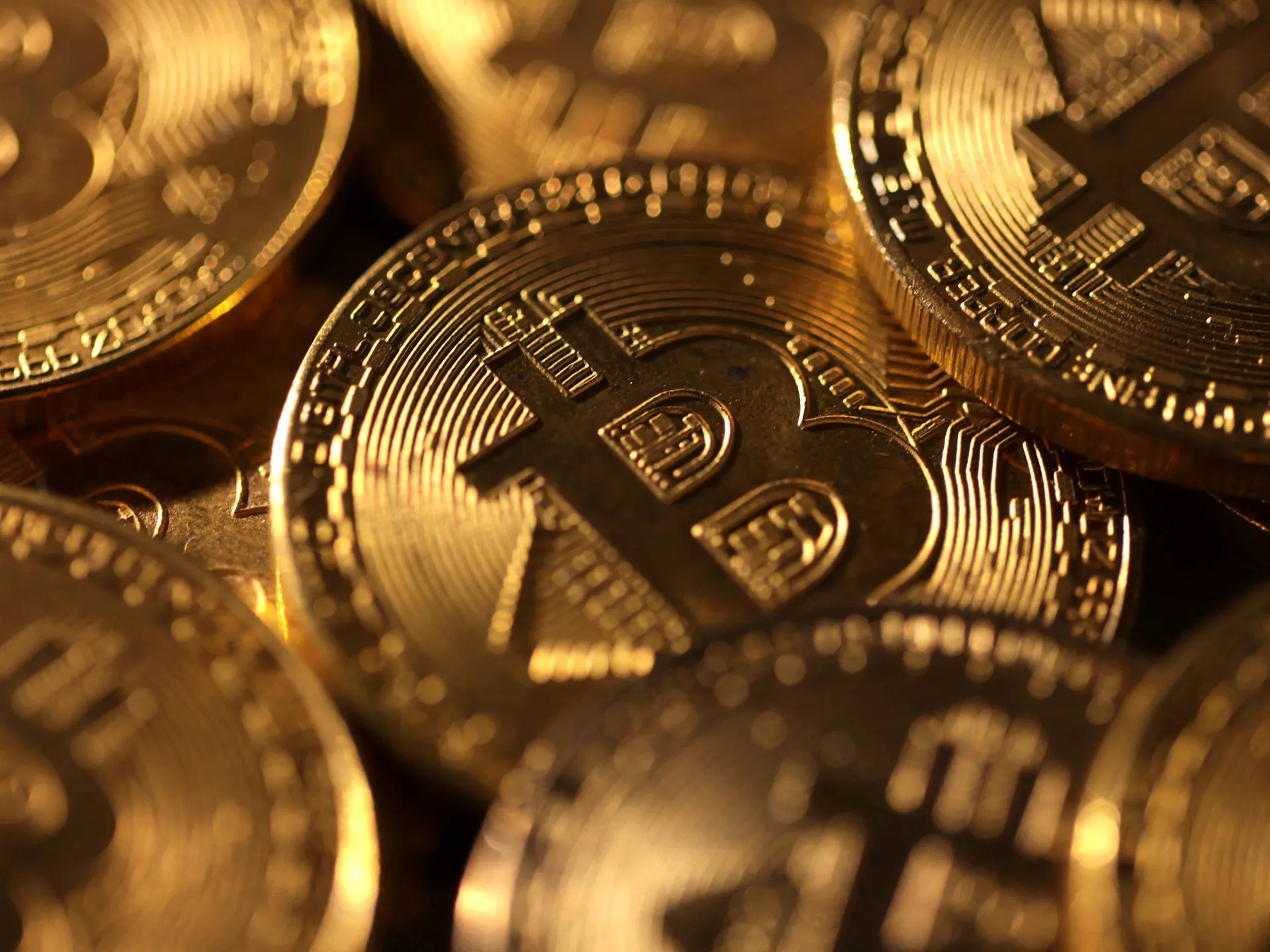Japan Will Lose More Than It Gains by Exploiting the Taiwan Issue
Because of Japanese Prime Minister Sanae Takaichi’s statements in the Diet regarding the Taiwan issue, the already fragile China–Japan relationship has deteriorated rapidly. China has issued travel and study-abroad warnings for Japan, effectively halted imports of Japanese seafood, sent coast guard vessels into the “territorial waters” of the disputed Senkaku/Diaoyu Islands, and had three warships transit the Osumi Strait in southern Japan.
At the same time, Beijing took the unusual step of announcing in advance that Premier Li Qiang would not meet the Japanese prime minister at the G20 summit. In just ten days, China launched a strong, multi-domain counterattack—political, diplomatic, economic, and military—with no signs of de-escalation.
If Prime Minister Takaichi does not retract her remarks, Beijing is likely to escalate even further and drag the United States into the dispute.
What actually happened? Is China overreacting? How far will Beijing take this confrontation?
Let us revisit the origin of the incident. In response to questioning in the Diet, Prime Minister Takaichi stated, “If China blockades Taiwan using warships and employing force, then no matter how you look at it, this could become a survival-threatening crisis for Japan.”
Pressed by the opposition, she added, “If China imposes a maritime blockade on Taiwan and U.S. forces intervening in that blockade come under armed attack, a crisis could arise.”
International media paid no attention to Takaichi’s clarification and focused only on the headline question: Will Japan send troops if military conflict breaks out in the Taiwan Strait? Accordingly, France’s Le Monde, Britain’s The Guardian, and the Associated Press all ran titles implying that Japan would dispatch forces if Taiwan were subjected to military action.
Japanese scholars have since written articles in U.S. media explaining that “Japanese military intervention in a Taiwan contingency” presupposes that U.S. forces have already intervened, and only then could Japan exercise the right of collective self-defense. Yet the Japanese government has not actively clarified this prerequisite on the international stage, drawing sharp criticism from well-known Japanese commentator Hiroyuki Nishimura for dereliction of duty.
Nishimura’s criticism exposes a widespread misunderstanding: even if the United States militarily intervenes in the Taiwan Strait, as long as Japanese territory is not under armed threat, Tokyo is legally barred from exercising collective self-defense. In other words, under the U.S.–Japan Security Treaty, the United States is obligated to defend Japan, but Japan has no treaty obligation to send troops to support U.S. forces in a war that does not concern Japan.
Therefore, the mitigating explanations offered by Japanese scholars on Takaichi’s behalf do not hold water. The Japanese government’s failure to clarify the issue in international media is naturally out of fear of offending Washington. It remains unclear whether President Trump fully understands the “asymmetric” nature of the U.S.–Japan Security Treaty, and Tokyo has no desire to remind this shrewd deal-making president that when American soldiers are dying on the battlefield, Japan actually has no treaty obligation to send troops.
Unless, of course, the reason for U.S. intervention in the Taiwan Strait is explicitly “to protect Japan.” Political rhetoric is one thing; the law is another. The fact remains that neither the U.S.–Japan Security Treaty nor Japan’s domestic legislation imposes any legal obligation on Japan to exercise collective self-defense when its ally, the United States, comes under attack.
Another fact: the Philippines is in exactly the same position as Japan. Unless U.S. forces become involved in order to protect the Philippines or Philippine territory is affected by the war, Manila has no obligation to send combat troops to assist the U.S.—it can only provide logistical and base support.
Of course, if the United States does intervene militarily in the Taiwan Strait, it will inevitably claim it is to protect Japan (and the Philippines). But the authority to make that determination lies with Tokyo and Manila, both of which retain a certain right to stay out of the fight. This is precisely why U.S. Deputy Secretary of Defense Elbridge Colby earlier this year demanded that Japan and Australia state clearly what actions they would take to support the United States in the event of a Taiwan contingency. That demand makes it crystal clear that America’s mutual defense treaties do not obligate allies to unconditionally fight alongside U.S. forces.
In short: when their own security is at stake, allies will send troops; otherwise, they will at most offer logistics and bases—no allied soldiers will go to the front lines.
This explains Beijing’s fierce reaction. Even if Takaichi did not mean Japan would intervene unilaterally in the Taiwan Strait, her remarks effectively expanded the “applicability scenarios” of the U.S.–Japan Security Treaty. If such moves are not checked, they will only encourage the Philippines, Australia, and other anti-China neighbors to follow suit—using the same logic to blackmail or bleed China.
This is not an overreaction, nor is it making a mountain out of a molehill. Beyond realpolitik necessity, the Chinese people have not forgotten Japan’s history of invading China—especially in this 80th anniversary year of the victory in the War of Resistance Against Japanese Aggression. If Beijing were to let the matter slide, it would face intense domestic backlash.
Therefore, unless Takaichi retracts her remarks, China–Japan relations will continue to worsen, eventually leading to a situation where “Taiwan is fine, but Japan is in crisis.”
Takaichi may well have intentionally provoked Beijing in order to shore up LDP support, rally Japanese nationalism, loosen the “three non-nuclear principles,” and expand conventional military capabilities. But the backlash has likely been far greater than she anticipated. The key still lies in America’s attitude.
Although the U.S. ambassador to Japan publicly expressed support for Tokyo and criticized Beijing, Washington’s overall response has been relatively muted—Trump has zero interest in letting Japan torpedo his scheduled China trip next April.
On the other hand, Beijing may well conclude that Washington is deliberately allowing Japan to interfere in China’s internal affairs in order to gain negotiating leverage. That would only reduce China’s inhibitions about sanctioning Japan and could lead it to directly challenge the U.S.–Japan Security Treaty, pushing the situation to the brink of losing control and forcing the U.S. to rein in Japan.
China has many tools to test the treaty—economic and trade measures, cultural exchanges, diplomacy, and even military options are all on the table. The disputed uninhabited Senkaku/Diaoyu Islands and the Ryukyu Islands, whose sovereignty remains unresolved, are both historical issues left over from World War II. Although both fall within the scope of the U.S.–Japan Security Treaty, Washington has never recognized Japanese sovereignty over them.
Regarding the Ryukyus, Beijing can wage a protracted legal battle, continually emphasizing that the Potsdam Declaration never returned the islands to Japan. Regarding the Senkaku/Diaoyu, Beijing could move directly to military control—land on the islands, demolish Japanese facilities, raise the Chinese flag, and expel foreign vessels—forcing the United States to get involved.
If Beijing is pushed to the point of letting the situation spiral, its price to Washington will be high: it may include, but is not limited to, demanding that the U.S. block Japan from abandoning the three non-nuclear principles, block Japan’s “normalization” (turning the Self-Defense Forces into a full-fledged military), force Japan to pay tangible and intangible reparations for its invasion of China, or even force Takaichi to step down.
Would Trump risk a second Chinese rare-earth embargo over an uninhabited island whose sovereignty does not belong to Japan? The answer is obvious.
Beijing’s current Taiwan strategy has shifted from “opposing independence” to “advancing unification.” Part of that strategy is to make neighboring countries acknowledge—through actual state behavior, not just words—that the Taiwan issue is China’s internal affair. Japan is the poster child for neighboring hypocrisy—talking peace while acting otherwise. It will be shown no mercy for breaking the promises of diplomatic normalization; Beijing is determined to make a chicken of Japan to scare the monkey.
From this perspective, Prime Minister Takaichi may have thought she could achieve a classic boomerang effect (using the Taiwan issue for domestic political gain by first exporting strong rhetoric abroad). Instead, Beijing has been handed a rare opportunity to use Japan as a target and demonstrate to the world how it will reduce obstacles to unification.
The United States wants to avoid direct confrontation with China and prefers to let proxies stand on the front line so it can reap the benefits while remaining in the rear. On the surface this creates trouble for Beijing, but in reality it also creates endless headaches for Washington—because China will not limit itself to dealing with the proxies; it will drag the United States into the fight.
This is the new tactical phase in U.S.–China competition following the Busan meeting, testing the one-year truce both sides agreed to. Whether proxies are an advantage or a liability for Washington depends entirely on how Beijing chooses to handle the dispute—and Tokyo makes the ideal canary in the coal mine.

